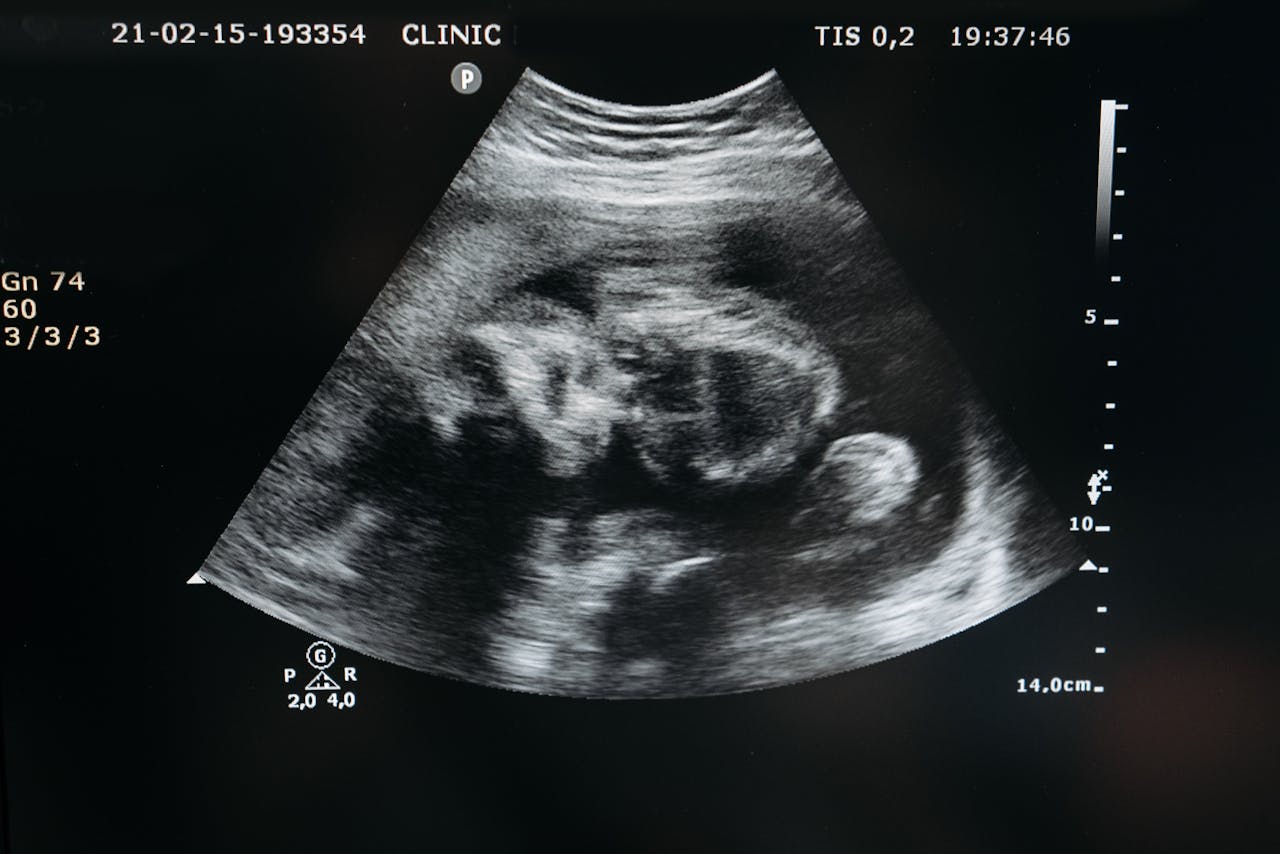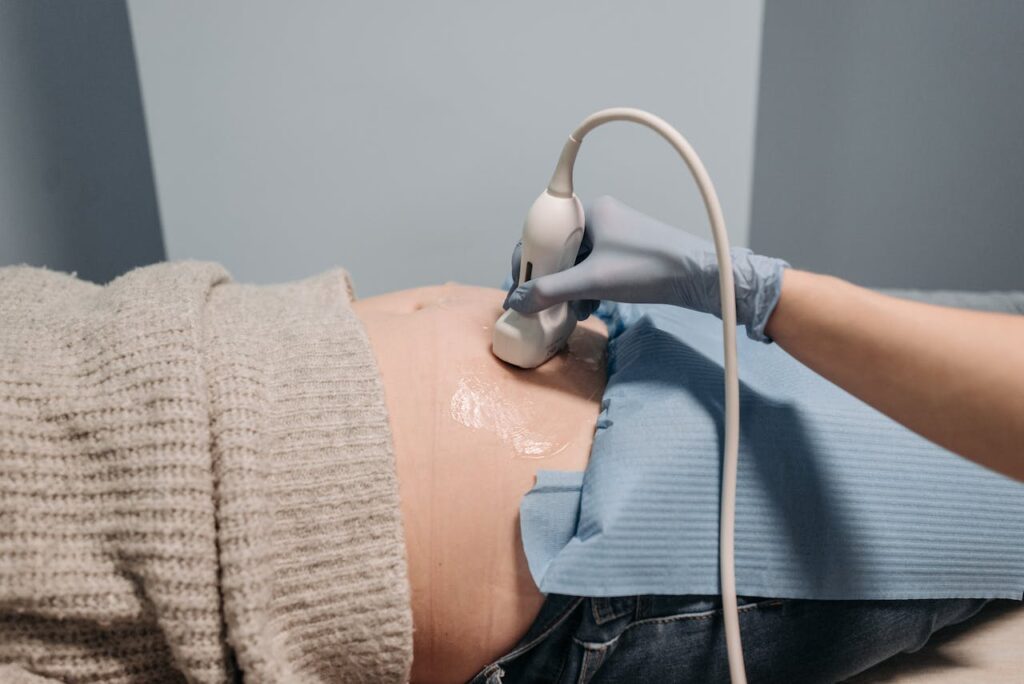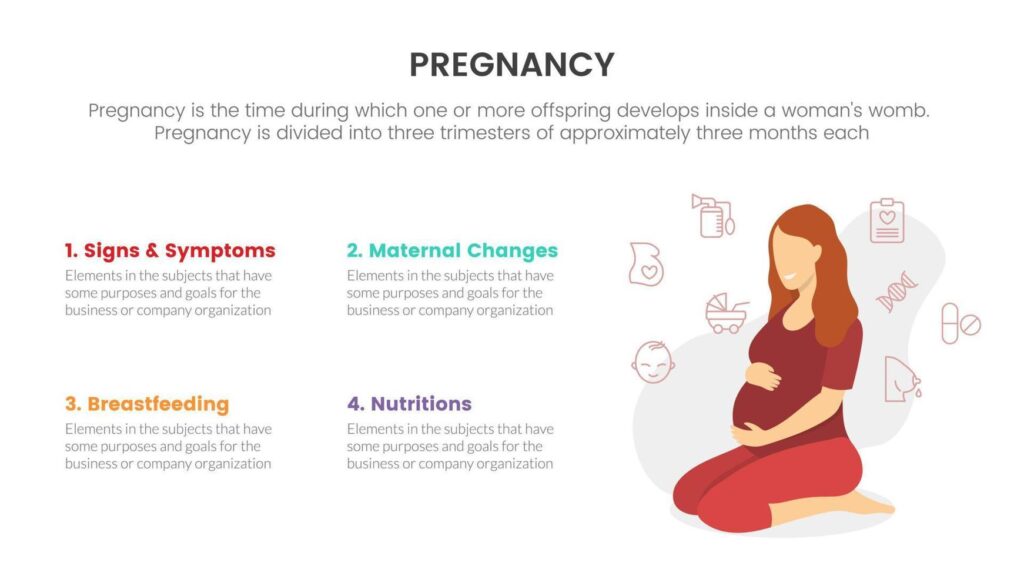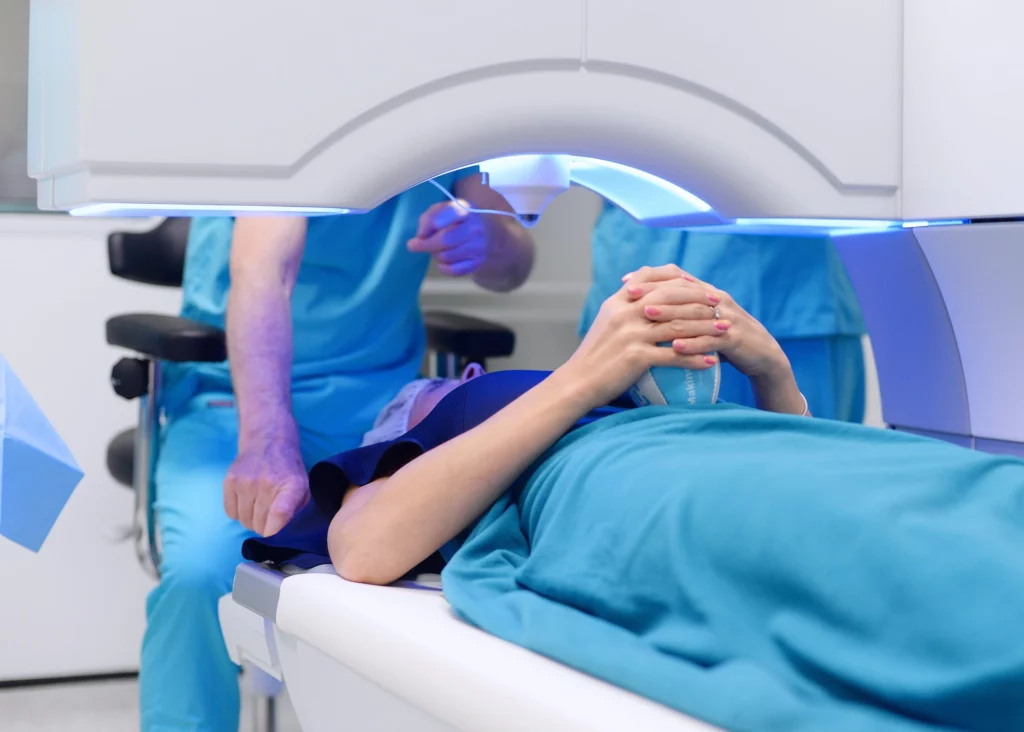

Expert Guidance
Access a wealth of knowledge from healthcare professionals to make informed decisions during pregnancy. We’re with you every step of the way.
Natural Remedies
Explore effective home remedies that support health and wellness throughout pregnancy. Embrace holistic approaches to care for you and your baby.




News
How Long Does Laser Eye Surgery Last? Real Results and Long-Term Studies
One of the most common—and most reasonable—questions people ask when considering laser eye surgery is:“How…
Sleep Study Adelaide: Why Early Assessment Is Essential for Better Long-Term Health
What Are Sleep Studies and How Do They Benefit Long-Term Health? A Sleep Study Adelaide…
Your Complete Guide to a Sleep Apnea Test Australia: Costs, Process and Expectations
What Is Sleep Apnea and Why Should You Get Tested for It? Sleep apnea is…
Perfect LASIK Surgery Success Stories That Will Inspire You
Introduction For many people, the thought of living without glasses or contact lenses feels like…
Top Tips to Reduce Your SMILE Eye Surgery Cost Without Compromising Quality
SMILE eye surgery, a revolutionary procedure for vision correction, offers many benefits, including minimal invasiveness…
Breaking Down SMILE Laser Eye Surgery Cost: Is It Worth the Investment?
In recent years, SMILE (Small Incision Lenticule Extraction) laser eye surgery has emerged as a…


Our Process
How We Support Your Pregnancy Journey
What Others Say








